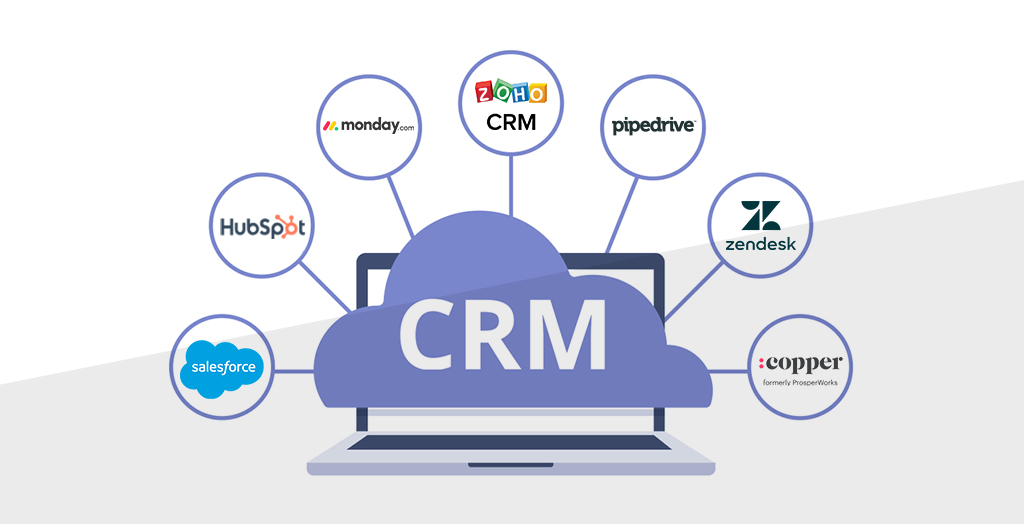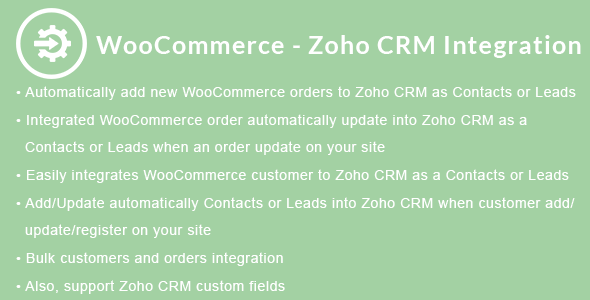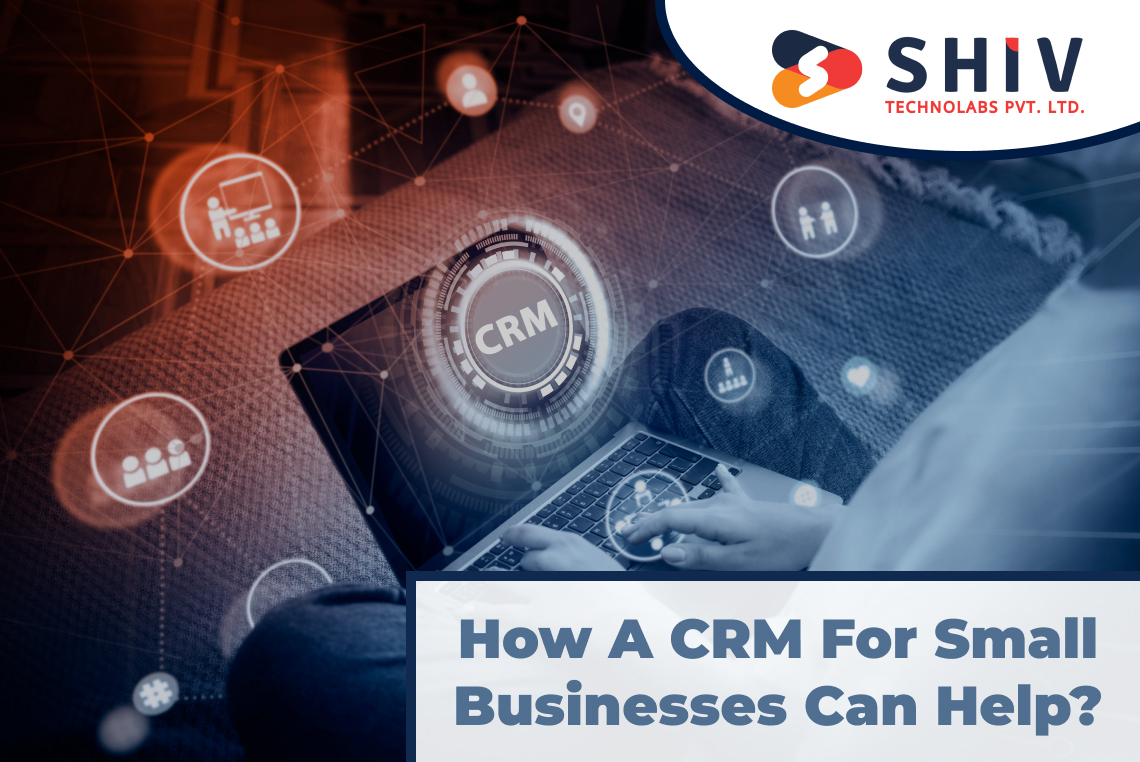CRM Marketing Integration: A Comprehensive Guide to Supercharging Your Customer Relationships and Revenue
CRM Marketing Integration: A Comprehensive Guide
In today’s fast-paced business landscape, customer relationship management (CRM) and marketing automation are no longer optional extras; they’re essential tools for success. But merely having these tools isn’t enough. The real magic happens when you integrate them seamlessly. This is where CRM marketing integration comes into play. It’s the bridge that connects your customer data with your marketing efforts, enabling you to create personalized, targeted, and effective campaigns that drive engagement, conversions, and ultimately, revenue. This guide will delve deep into the world of CRM marketing integration, providing you with a comprehensive understanding of its benefits, strategies, and best practices.
What is CRM Marketing Integration?
At its core, CRM marketing integration is the process of connecting your CRM system with your marketing automation platform. This integration allows data to flow freely between the two systems, creating a unified view of your customers. This unified view enables you to understand your customers better, personalize your marketing messages, and deliver relevant experiences across all touchpoints. Think of it as creating a single source of truth for all your customer interactions.
Without integration, your marketing team might be operating in a silo, unaware of the latest customer interactions or past purchases. Similarly, your sales team might lack critical insights into a lead’s engagement with your marketing content. Integration breaks down these silos, fostering collaboration and ensuring everyone is on the same page.
The Benefits of CRM Marketing Integration
The advantages of integrating your CRM and marketing systems are numerous and far-reaching. Here are some of the key benefits:
- Improved Customer Understanding: By combining CRM data (e.g., demographics, purchase history, support tickets) with marketing data (e.g., website behavior, email engagement, social media interactions), you gain a 360-degree view of your customers. This holistic understanding allows you to segment your audience more effectively and tailor your messaging to their specific needs and preferences.
- Enhanced Personalization: With integrated data, you can personalize your marketing campaigns at scale. Send targeted emails based on past purchases, website behavior, or lead scores. Show personalized product recommendations based on browsing history. The possibilities are endless.
- Increased Lead Quality: Integration allows you to score leads based on their engagement with your marketing content and interactions with your sales team. This lead scoring system helps you prioritize the most promising leads and focus your sales efforts on those most likely to convert.
- Increased Sales Efficiency: By providing your sales team with access to marketing data, you can equip them with the insights they need to have more informed and productive conversations with prospects. Sales reps can see which marketing materials a lead has interacted with, what products they’re interested in, and where they are in the sales cycle.
- Improved Marketing ROI: Integrated data enables you to track the entire customer journey, from initial engagement to conversion and beyond. This end-to-end visibility allows you to measure the effectiveness of your marketing campaigns and identify areas for improvement, leading to a higher return on investment (ROI).
- Streamlined Workflows: Integration automates many manual tasks, such as data entry and lead assignment. This automation frees up your marketing and sales teams to focus on more strategic activities, such as campaign planning and relationship building.
- Better Customer Experience: By delivering personalized and relevant experiences across all touchpoints, you can significantly improve the customer experience. This leads to increased customer satisfaction, loyalty, and advocacy.
Key Features of Effective CRM Marketing Integration
Successful CRM marketing integration involves more than just connecting two systems. It requires a strategic approach and a focus on key features that enable seamless data flow and optimized performance. Here are some essential features to look for:
- Data Synchronization: The ability to automatically synchronize data between your CRM and marketing automation platform is critical. This ensures that both systems have the most up-to-date information about your customers. Look for options for real-time or scheduled synchronization, depending on your specific needs.
- Lead Scoring: A lead scoring system that assigns points to leads based on their engagement with your marketing content and interactions with your sales team is a must-have. This feature helps you prioritize your sales efforts and focus on the most promising leads.
- Segmentation: The ability to segment your audience based on a variety of criteria, such as demographics, purchase history, website behavior, and lead score, is essential for creating targeted and personalized campaigns.
- Workflow Automation: Automated workflows can streamline many manual tasks, such as lead assignment, email marketing, and sales follow-up. This automation saves time and improves efficiency.
- Reporting and Analytics: Robust reporting and analytics capabilities are essential for measuring the effectiveness of your campaigns and identifying areas for improvement. Look for features that allow you to track key metrics, such as conversion rates, ROI, and customer lifetime value.
- Two-Way Data Flow: Ideally, your integration should support two-way data flow, allowing information to be shared between your CRM and marketing automation platform in both directions. This ensures that both systems have a complete and up-to-date view of your customers.
- Customization Options: The ability to customize the integration to meet your specific business needs is important. Look for options to map custom fields, create custom workflows, and tailor the integration to your unique sales and marketing processes.
Choosing the Right CRM and Marketing Automation Tools
Selecting the right CRM and marketing automation tools is the foundation for successful integration. The best choice for your business will depend on several factors, including your budget, the size of your team, your industry, and your specific business needs. Here are some popular options in each category:
CRM Systems:
- Salesforce: A leading CRM platform known for its robust features, scalability, and extensive customization options.
- HubSpot CRM: A free CRM platform that’s easy to use and integrates seamlessly with HubSpot’s marketing automation tools.
- Zoho CRM: A feature-rich CRM platform that offers a variety of pricing plans to suit different budgets.
- Microsoft Dynamics 365: A comprehensive CRM platform that integrates with other Microsoft products.
- Pipedrive: A sales-focused CRM that’s designed to help sales teams manage their pipelines and close deals.
Marketing Automation Platforms:
- HubSpot Marketing Hub: A comprehensive marketing automation platform that offers a wide range of features, including email marketing, lead generation, and social media management.
- Marketo (Adobe Marketo Engage): A powerful marketing automation platform designed for enterprise-level businesses.
- Pardot (Salesforce Pardot): A marketing automation platform designed for B2B businesses.
- ActiveCampaign: A user-friendly marketing automation platform that’s suitable for businesses of all sizes.
- Mailchimp: A popular email marketing platform that offers marketing automation features.
When choosing your tools, consider the following:
- Integration Capabilities: Ensure that the CRM and marketing automation platforms you choose can be easily integrated. Check for native integrations or third-party connectors.
- Features: Evaluate the features of each platform to determine if they meet your business needs.
- Scalability: Choose platforms that can scale with your business as it grows.
- Ease of Use: Consider the learning curve and ease of use of each platform.
- Pricing: Compare the pricing plans of different platforms to find the best fit for your budget.
- Support: Check the availability and quality of customer support for each platform.
How to Implement CRM Marketing Integration
Implementing CRM marketing integration requires a well-defined plan and a systematic approach. Here are the key steps to follow:
- Define Your Goals: Before you begin, clearly define your goals for integration. What do you hope to achieve? (e.g., increase lead generation, improve conversion rates, enhance customer satisfaction)
- Choose Your Tools: Select the CRM and marketing automation platforms that best meet your needs. Consider the factors discussed above.
- Plan Your Data Mapping: Determine which data fields you want to synchronize between your CRM and marketing automation platform. Map the fields to ensure that data is transferred accurately.
- Set Up the Integration: Follow the instructions provided by your CRM and marketing automation platforms to set up the integration. This may involve using a native integration, a third-party connector, or custom API development.
- Test the Integration: Thoroughly test the integration to ensure that data is flowing correctly and that all features are working as expected.
- Train Your Team: Provide training to your marketing and sales teams on how to use the integrated systems and leverage the new capabilities.
- Monitor and Optimize: Continuously monitor the performance of the integration and make adjustments as needed. Track key metrics and identify areas for improvement.
Best Practices for CRM Marketing Integration
To maximize the benefits of CRM marketing integration, follow these best practices:
- Start Small: Don’t try to integrate everything at once. Start with a few key features and gradually expand the integration as you gain experience.
- Focus on Data Quality: Ensure that your CRM data is clean, accurate, and up-to-date. This is essential for effective integration.
- Segment Your Audience: Use the integrated data to segment your audience and create targeted campaigns.
- Personalize Your Messaging: Tailor your marketing messages to your customers’ specific needs and preferences.
- Automate Workflows: Automate manual tasks to save time and improve efficiency.
- Track and Measure Results: Monitor the performance of your campaigns and track key metrics to measure your ROI.
- Regularly Review and Optimize: Continuously review your integration and make adjustments as needed to ensure that it’s meeting your business needs.
- Prioritize User Experience: Ensure that the integrated systems are easy to use and provide a seamless experience for your marketing and sales teams.
- Maintain Security and Compliance: Protect your customer data and comply with all relevant privacy regulations, such as GDPR and CCPA.
- Foster Collaboration: Encourage collaboration between your marketing and sales teams to ensure that everyone is working towards the same goals.
Common Challenges and How to Overcome Them
While CRM marketing integration offers significant benefits, it’s not without its challenges. Here are some common hurdles and how to address them:
- Data Silos: Data silos can hinder the flow of information between systems. To overcome this, ensure that your CRM and marketing automation platforms are properly integrated and that data is synchronized regularly. Implement clear data governance policies to ensure data consistency across all systems.
- Data Quality Issues: Inaccurate or incomplete data can lead to ineffective marketing campaigns. Address this by cleaning your CRM data, implementing data validation rules, and regularly updating your data. Invest in data enrichment tools to supplement missing information.
- Integration Complexity: Integrating different systems can be complex, especially if you have custom configurations or legacy systems. Simplify the process by choosing platforms that offer native integrations or user-friendly connectors. Consider working with a consultant or IT specialist to assist with the integration.
- Lack of User Adoption: If your marketing and sales teams don’t use the integrated systems, the integration won’t be effective. Encourage adoption by providing adequate training, demonstrating the benefits of the integration, and involving users in the implementation process.
- Security Concerns: Protecting customer data is paramount. Implement robust security measures, such as encryption, access controls, and regular security audits. Comply with relevant data privacy regulations, such as GDPR and CCPA.
- Budget Constraints: CRM marketing integration can be expensive. Prioritize your needs and choose platforms that fit your budget. Consider starting with a basic integration and adding more features as your budget allows.
- Resistance to Change: Some team members may resist adopting new systems or processes. Address this by communicating the benefits of the integration, providing training, and involving users in the implementation process. Be patient and supportive during the transition.
The Future of CRM Marketing Integration
The landscape of CRM marketing integration is constantly evolving. As technology advances, we can expect to see even more sophisticated integrations and features. Here are some trends to watch:
- Artificial Intelligence (AI): AI will play a growing role in CRM marketing integration, enabling more personalized and automated campaigns. AI-powered tools can analyze customer data to identify patterns, predict behavior, and recommend actions.
- Machine Learning (ML): Machine learning algorithms will be used to improve lead scoring, personalize content, and optimize marketing campaigns.
- Hyper-Personalization: Businesses will strive to deliver hyper-personalized experiences, tailoring their messaging and offers to each individual customer.
- Omnichannel Marketing: Companies will focus on creating seamless experiences across all channels, including email, social media, mobile, and in-person interactions.
- Voice Search Optimization: Marketers will optimize their content for voice search, ensuring that their customers can easily find the information they need.
- Increased Focus on Customer Experience: Customer experience will become even more critical, with businesses prioritizing customer satisfaction and loyalty.
- Data Privacy and Security: Data privacy and security will remain top priorities, with businesses implementing robust security measures and complying with all relevant regulations.
Conclusion: Embrace the Power of CRM Marketing Integration
CRM marketing integration is no longer a luxury; it’s a necessity for businesses that want to thrive in today’s competitive market. By connecting your CRM and marketing automation systems, you can gain a deeper understanding of your customers, personalize your marketing efforts, increase sales efficiency, and improve your overall ROI. The benefits are clear, and the potential for growth is immense.
By following the best practices outlined in this guide, you can successfully implement CRM marketing integration and unlock its full potential. Embrace the power of integration and transform your customer relationships and revenue. The future of marketing is integrated, and the time to act is now.
Don’t be afraid to experiment, iterate, and refine your approach. The journey of CRM marketing integration is an ongoing process, but the rewards are well worth the effort. Take the first step today, and watch your business flourish.



